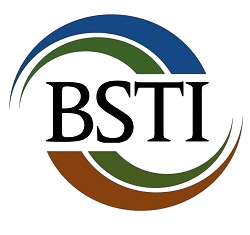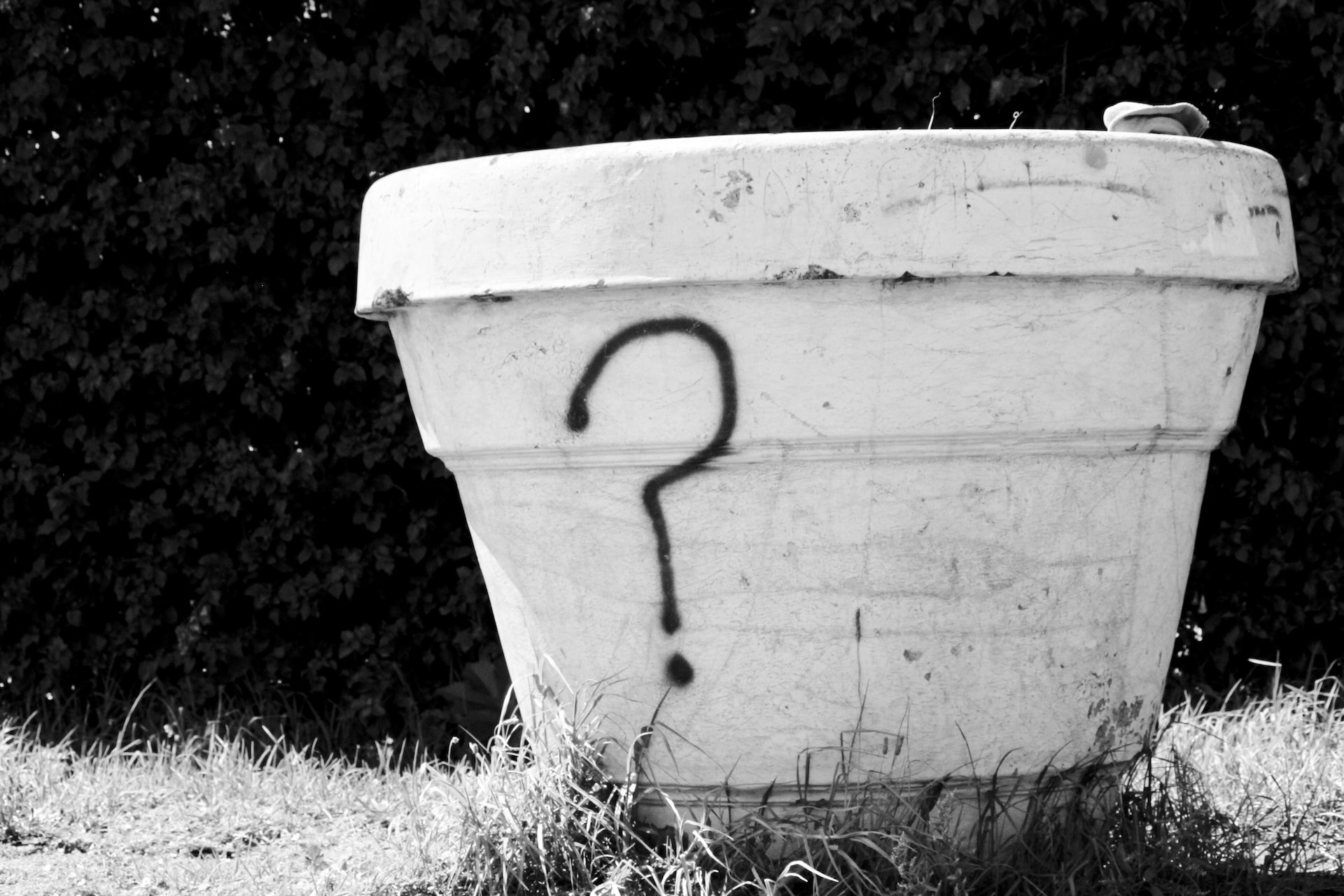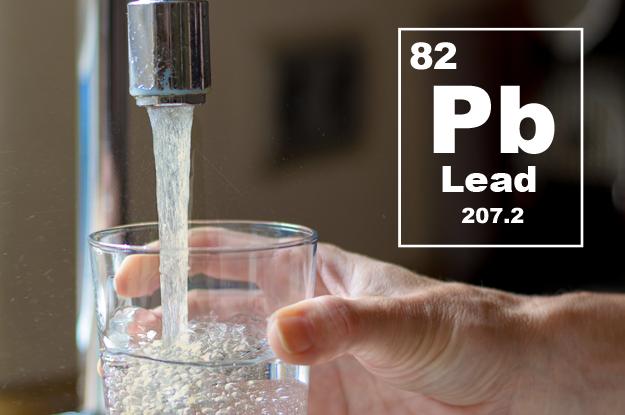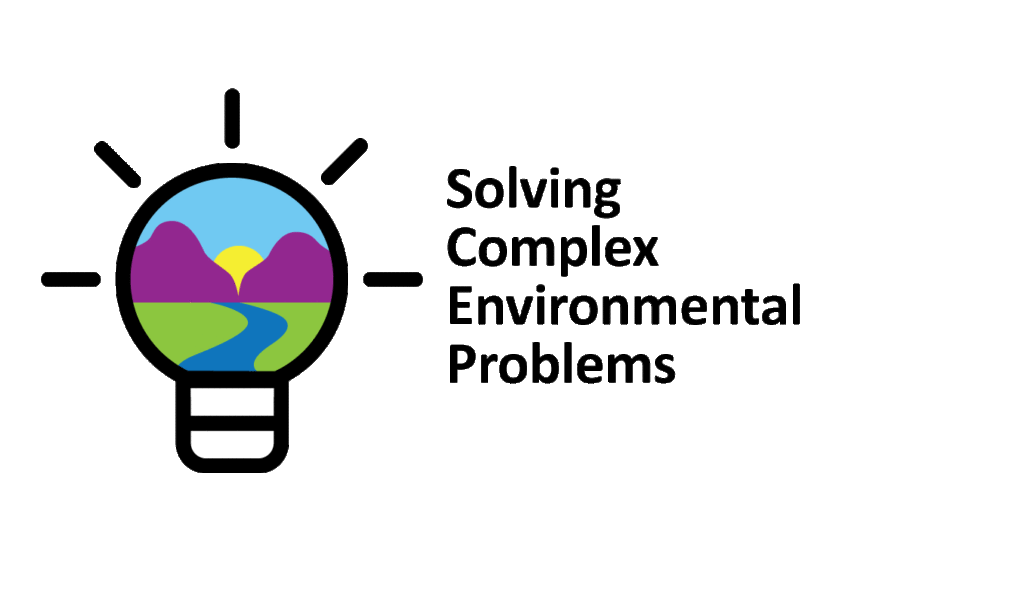BSTI was the provider of in-situ remediation services for a large-scale subsurface release of diesel fuel at an electrical generating station. Water table depression pumps were installed in four large-diameter recovery wells to control the migration of diesel fuel and to create a cone of capture in the aquifer to promote LNAPL recovery. BSTI personnel had learned over many years of LNAPL recovery projects that a steady and consistent aquifer drawdown is critical to both effective aquifer control and LNAPL recovery. Like many remediation systems, this one experienced severe inorganic and organic fouling in the water pump intakes, piping, and meters causing an increasingly diminished ability to move water and maintain the desired aquifer drawdown.
The initial (and typical) response was to shut down the system and perform maintenance that included pump disassembly and cleaning, water pipe cleaning and replacement and flow meter cleaning. Such maintenance was needed every two weeks and quickly became ineffective and inefficient.
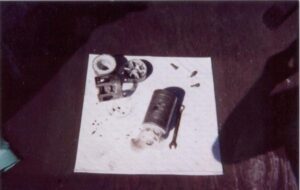
Field personnel noticed an inconsistency in the fouling problem across the four recovery wells and was able to link it to the existence of a large coal pile at one end of the project area. Fouling was primarily caused by aluminum oxide and iron related bacteria but to a varying degree based on the proximity to the coal pile. Because water chemistry was a strength, BSTI personnel and a specialty vendor were able custom design an in-field application of anti-fouling agents on an individual recovery well basis. The anti-fouling agents had to be custom formulated to be effective and compliant with State-mandated restrictions on the use of phosphate-based chemicals that could be introduced into the waterways of the State.
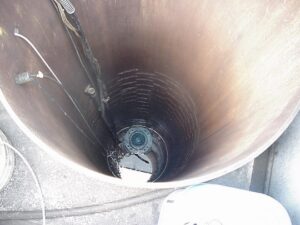
BSTI then designed a simple delivery system for the anti-fouling agents to maximize effectiveness and minimize chemical costs. Field staff set up automatic metering pumps at each recovery well to deliver the anti-fouling agent through tubing directly to the water pump intakes; thereby maintaining the proper dosage without overdosing the well and unnecessarily increasing chemical costs. The cost for anti-fouling system was $32.00 per day for each recovery well.
Such a little step contributed to big results. The shutdowns and maintenance associated with fouling control decreased from twice monthly to twice annually. O & M costs were reduced from greater than $65K per year for manual cleaning to less than $30K per year for the anti-fouling system. More significantly, the anti-fouling system allowed the overall water table depression system to remain operational for long period of time (98% uptime); providing a consistent aquifer drawdown, effective aquifer control and maximum LNAPL recovery. Over a period of ten years of system operation, $350,000 were saved and 385,000 gallons of LNAPL were recovered. The project has since met all regulatory requirements and the remediation system has been dismantled.
For more information, contact Tony Finding at tfinding@bstiweb.com.
